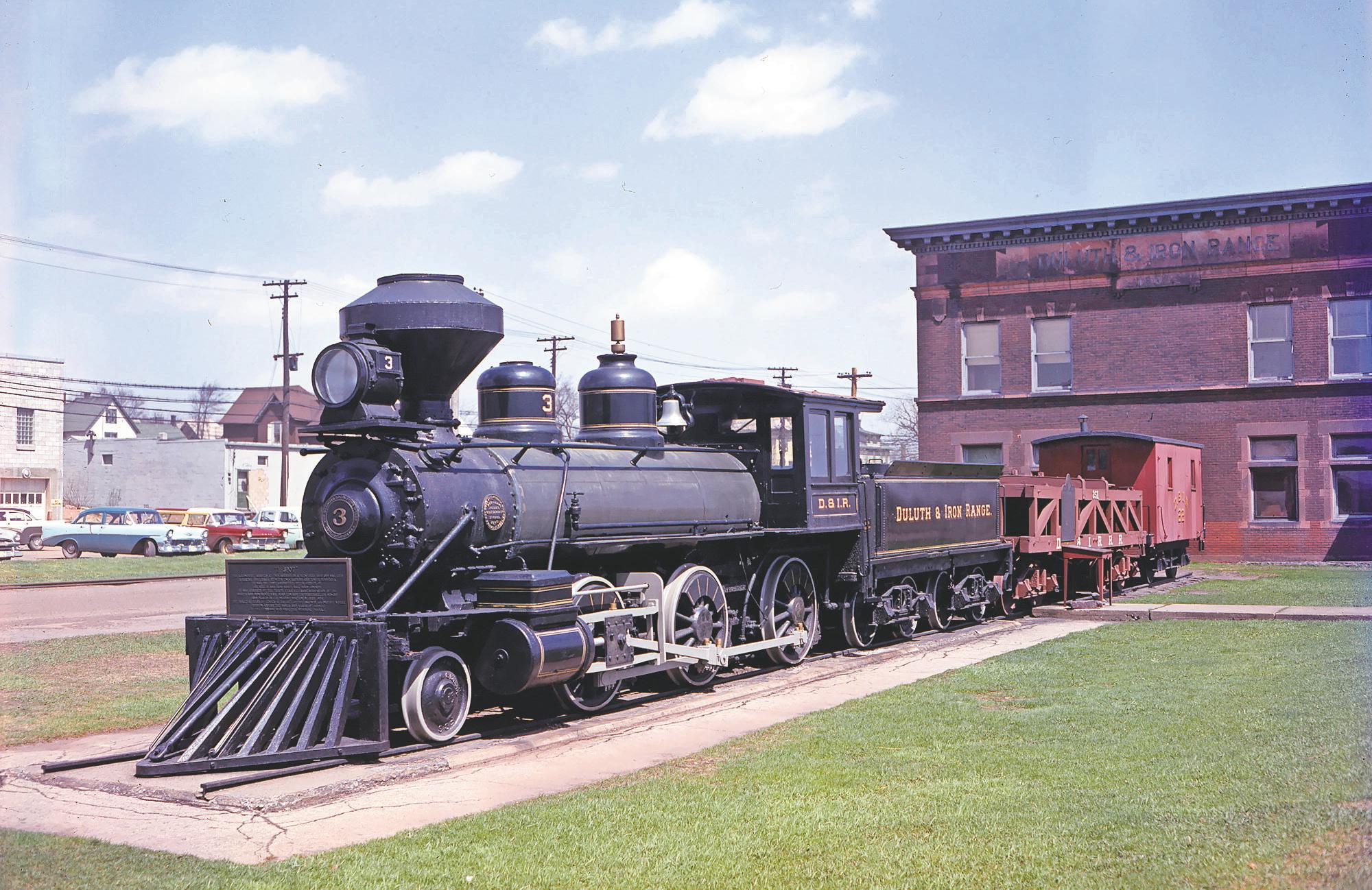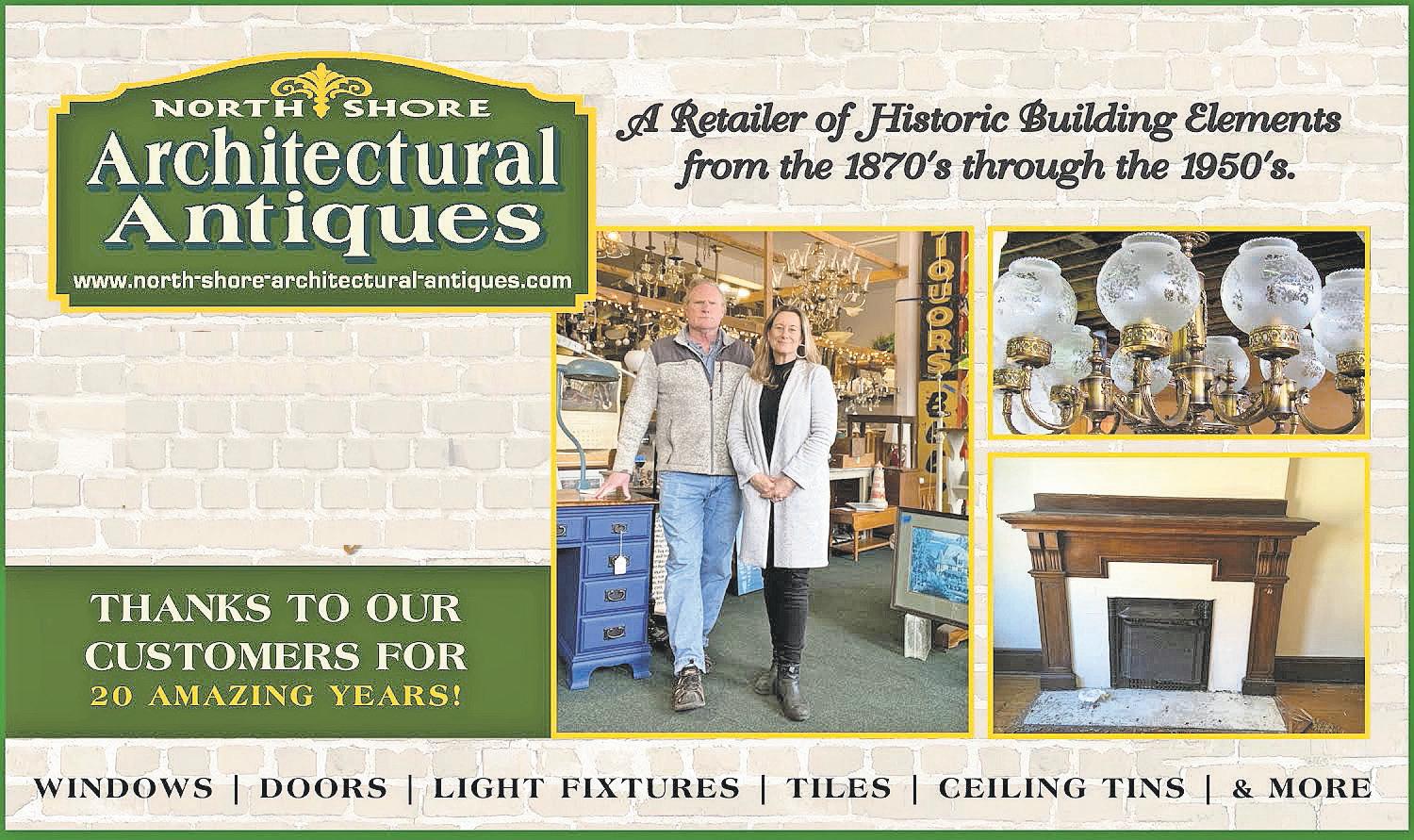
1 minute read
When you get to Two Harbors
Editor’s Note: The North Shore Scenic Railroad is proud to serve communities along the tracks going up the shore of Lake Superior. Knife River and Larsmont are occasional stops on the Two Harbors Turn that ends right in downtown Two Harbors. When you arrive you’ll be greeted by friendly people and railroad history. Look to the landside of the train for a view of a giant Yellowstone Mallet locomotive and the more diminutive “Three Spot” (#3). This is their story as told by Todd Lindahl noted Two Harbors railroad historian.
By Todd Lindahl

By 1934 the Great Depression had hit the former Duluth & Iron Range Railroad very hard and they were taking drastic measures to save as much of the business as possible.
The Duluth Missabe & Northern had leased the D&IR in 1930 in the second year of the depression. The venerable “Three Spot” locomotive had been saved from the scrap yard by the Veteran Employee Association and put on permanent display next to the Two Harbors depot in 1923. 1934 was an important year since it marked the Half-Century of Progress in the Transportation of Iron Ore celebration.

The city of Two Har- bors began to plan events honoring this milestone in Minnesota’s iron mining history. They approached railroad president C.E. Carlson requesting they build a replica wooden 28-foot ore car and a four-wheel “bopper type” caboose to be added to the Three Spot display. The request was flatly turned down since the estimated $1,500 cost to build them new was seen as being too expensive. However, the railroad did agree to provide no more than $500 and employees, on their own time, could use the company shops after hours to build the display pieces.
Car shop foreman L.
A. Running pointed out that caboose #52 was about to be scrapped. The 1893 caboose had been a four-wheeled bobber but had been stretched in 1909 to comply with the state’s double-track law. The car was shortened and all modern-at-the- time equipment like air brakes and automatic couplers were removed.

The ore car has an even more interesting history. It was one of 300 purchased in 1883 from a company in
Stillwater, Minnesota. They were delivered to Two Harbors by barge from Duluth. Through some error in planning, they were the wrong length for the ore dock pockets that were on 24-foot cen- ters. That meant tying up an engine and crew to reposition the train the entire time it was dumping. That mistake was never made again.
TWO HARBORS continued on PAGE 14










